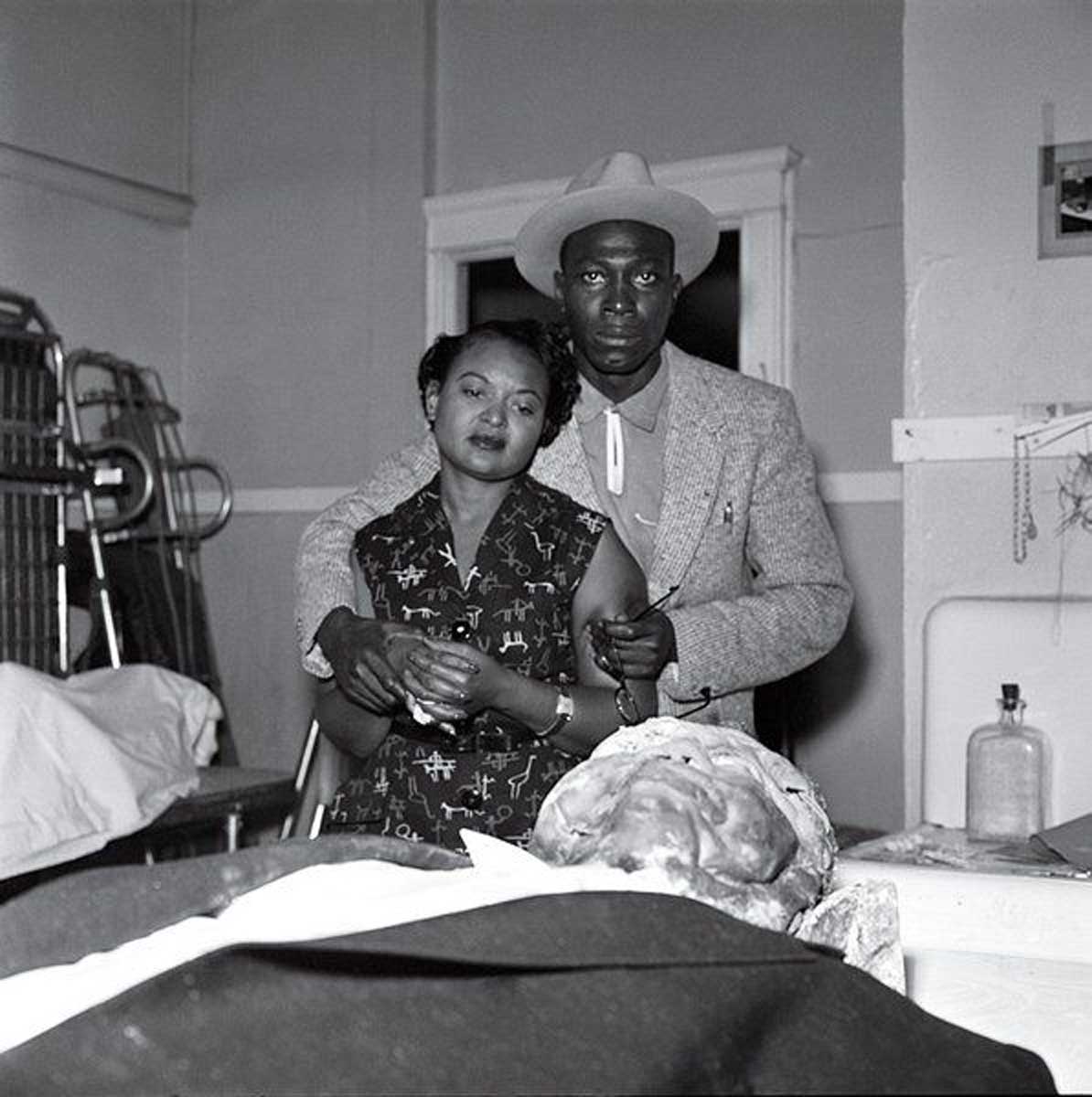Meridian, Mississippi, the Queen City
Published 6:00 am Friday, October 28, 2011
I have heard — Meridian, Mississippi, The Queen City — my entire life, but why is this little corner of the world located in East Central Mississippi known as the Queen City? Ah, I’ve gotten your attention, haven’t I? Read along as I discuss fact or fiction, truth or myth, and just what the Queen City nickname is all about.
When I am curious about the history of Meridian and Lauderdale County, I go to the source – the place where answers are housed, heritage is uplifted, and the talk-of-the-day is history. I am speaking, of course, of Ward Calhoun, Director, Lauderdale County Archives & History, located on the second floor of the Lauderdale County Annex. He, and his Desk-Top Publisher, Leslie Joyner, quote the facts, research bygone days, locate old and forgotten photographs, census records, and publish out of date books – all for the sake of Lauderdale County and City of Meridian history.
So, this morning I called Mr. Calhoun. I asked the question. “Why is Meridian called the Queen City?”Grab a cup of coffee and prepare to read a wonderful account of Meridian’s early days.
First, Mr. Calhoun recommended probably the best documented histories of Meridian and area that is in print. They are: Meridian – The Queen With A Past, Vol. I, II, III, & IV. and Sherman’s Forgotten Campaign. The first collection of books was written by Jack Shank and the second book written by Margie Riddle Bearss. Great news for me because I have The Queen With A Past, Vol. 1 (a hardback book) and as well I have in my home library the second book by Mrs. Bearss which is also a hardback. I found many years ago that hardback versions of books are best when keeping long term – like a keepsake. Volume I of Mr. Shank’s book is available to purchase at Lauderdale County Archives. The phone number 601 482 9752.
When I first asked the Queen City question this morning, Mr. Calhoun answered immediately. “It was because of the railroads.” For folks familiar with Meridian history, this might come as a surprise. It has been said that most people equate the Queen City reference with the Gypsy Queen of North America who died in 1915 and is buried, along with family members, at Rose Hill Cemetery. Then there is the play, The Queen of the East written by Mayor Dial known as the Meridian Mayor of the Golden Age (early 1900s). Perhaps the Queen City reference resulted from the play that was performed at the Meridian Grand Opera House.
Oh, my, I feel as if I am a History Detective – one of my favorite television programs.
The Queen City reference question – the answer is (drum roll). RAILROADS!!
Below is taken from Mr. Shank’s Volume I, Meridian, A Queen With A Past:
Chapter four
Meridian Railroads: A History
Meridian and railroads, the two were synonymous for about seventy-five years. In fact, were it not for the railroads, Meridian might well be today nothing more than open country, a part of McLemore’s old field.
Richard McLemore, the first white settler in this area, built a log cabin at about Eleventh Street and Eighteenth Avenue. When Lewis Ragsdale came along and agreed to purchase the McLemore farm, McLemore moved to the vicinity of Bonita.
Just why was Ragsdale so anxious to acquire this land? The Mobile and Ohio Railroad had begun building a line from Mobile, Alabama headed for Macon, Mississippi. Ragsdale learned that it was to come this way. In fact, in October 1855, the first Mobile and Ohio train stopped at the McLemore plantation and put up a sign, Sowashee Station.
This north and south railroad gave Meridian its first growth spurt. Fate continued to be kind to the little community. Officials of the Southern Railroad Company decided to run a line from Vicksburg, Mississippi to Montgomery, Alabama. Original plans called for the new line to intersect the M&O at Enterprise, Mississippi. When the company reached Morton, it ran short of funds and asked Enterprise for financial assistance. Certain that the railroad had to come that way, Enterprise turned down the request. The same Lewis Ragsdale heard about the situation and offered the Southern free land to re-route through Meridian. The offer was accepted.
A few pages forward in Mr. Shank’s meticulously documented book, he cites the great financial success that railroads brought to our area. He mentions great rivalries with the railroad lines when speed was the big thing. I should mention the outstanding Railroad Museum located on Front Street in downtown Meridian – a great place to learn all of the Meridian Railroad history.
Speed again was the dominating factor. In 1883, the Louisville and Nashville left Cincinnati for New Orleans by the way of Montgomery, Alabama, at the exact time as the Queen and Crescent, the New Orlean’s and Northwestern’s top train. The Queen and Crescent traveled by way of Meridian where it changed engines and sped on to New Orleans, arriving eight hours ahead of its rival establishing the fastest time on record between the two cities.
There you have it – the Crescent City (New Orleans) and the Queen City (Meridian).
I hope this little dip into Meridian Railroad History will encourage you to want to know more. I highly recommend Mr. Shank’s work pertaining to Meridian history. The work reflects the passion of a native Meridianite who wants the Queen City to shine brightly – taking its rightful place as a history of good people and great accomplishments.
Anne B. McKee is an author and
storyteller. She lives in Meridian. Anne is listed on the Mississippi Artist Roster, sponsored by Mississippi Arts Commission, as a dramatic and literary artist, storyteller, and as a Teaching Artist. She is active with the arts and educational communities throughout Mississippi. Visit her web site: www.annemckee.net.





